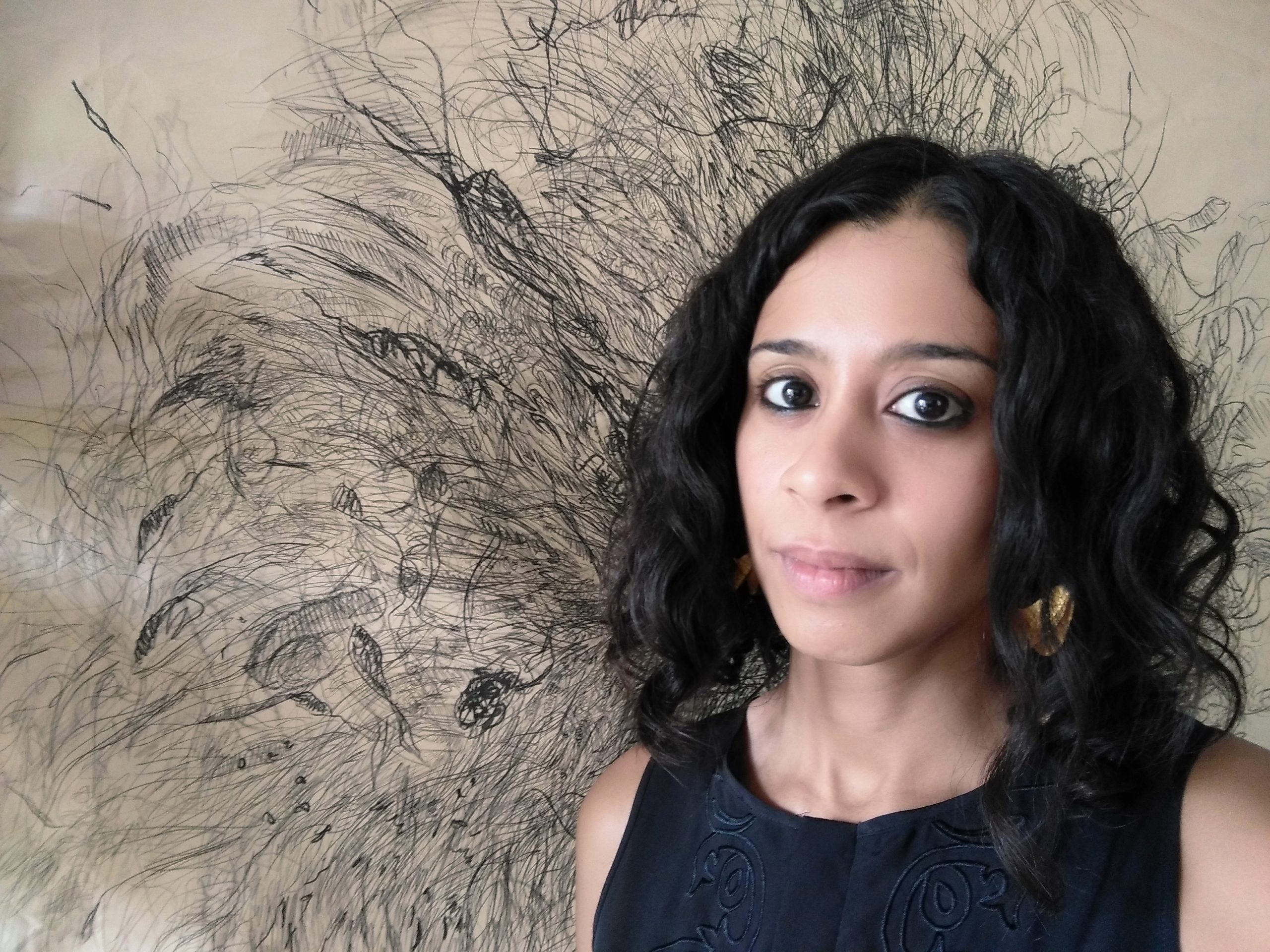One Hundred Thousand Suns: a new artwork
2022 June 6
The Open Data Institute (ODI) in London has unveiled a four-channel film installation by Artist in Residence Rohini Devasher, entitled One Hundred Thousand Suns. Featuring glass photographic plates and drawings from the archives of Kodaikanal Solar Observatory, India, it also includes data from NASA’s Solar Dynamics Observatory, interviews with eclipse chasers and Rohini’s own observations. Here, she talks about the piece and her interest in observing – both as a keen amateur astronomer, and as an award-winning artist.

I joined the Amateur Astronomers Association in New Delhi in 1999 July, in my second year at the College of Art in the city. At the time I thought it might be the closest thing to a science-fiction convention there. What I discovered was a diverse, dynamic group of mathematicians, physics and astrophysics students, photographers, entrepreneurs, academics and dreamers, who came together every Sunday afternoon at 2.00 p.m. on the roof of the Nehru Planetarium over chai.
I am interested in many kinds of observation, including meteor showers, planetary observations, Messier marathons, occultations, and eclipses, both lunar and solar. I am also interested in the observations that are made possible by visits to observatories and other sites.
One Hundred Thousand Suns is another kind of rendering of the Sun, assembled from data that are both historical and contemporary. It explores the notion that there may be multiple readings and avatars of data depending on the site, the observer, and the mode and method of observation, collection and preservation.
At the heart of One Hundred Thousand Suns is a physical site in the south of India: the Kodaikanal Solar Observatory in Tamil Nadu,
where every day (weather permitting) since 1904, the staff at the Observatory have recorded images of our Sun. These data, spanning almost 120 years, comprise more than 157,000 distinct portraits of our nearest star.
I was interested in how these tens of thousands of Suns are archetypes in a sense: each a conjunction of direct observation and experience on one hand; and information and data on the other.
In terms of the observational layers it holds, I would say the visual may appear first (literally) but equally dense and essential are sound, text, voice, memory and site; the many ways in which people across time have felt, recorded and read the Sun.
| The British Astronomical Association supports amateur astronomers around the UK and the rest of the world. Find out more about the BAA or join us. |
